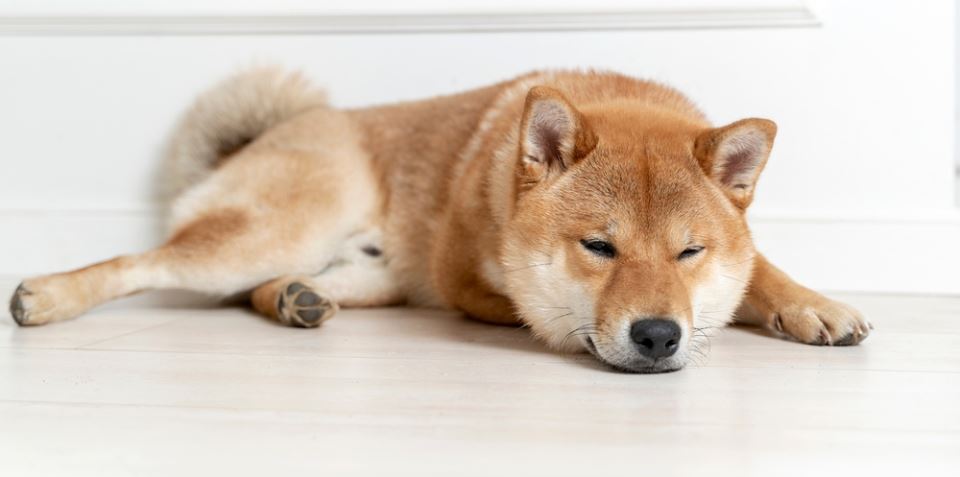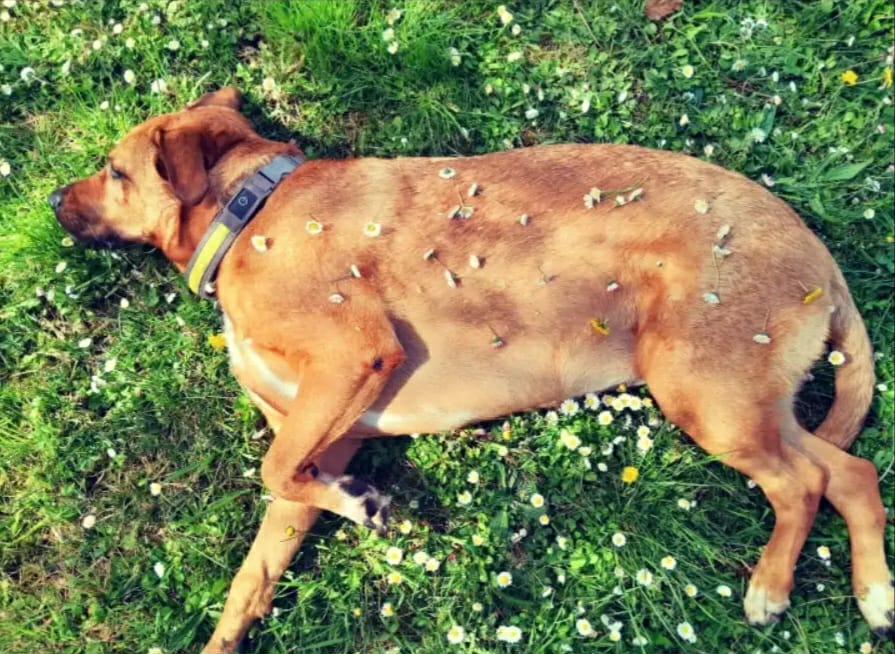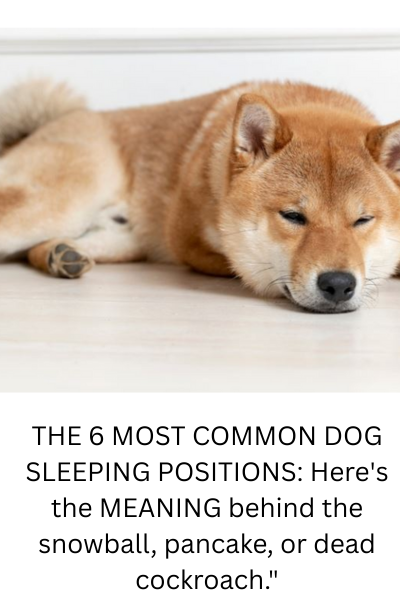In today’s article, we will explore the fascinating world of your dog’s sleeping positions and what they can reveal about your pet’s emotional state. ……
Just like us, dogs have unique ways of expressing their comfort, security, and sometimes, their concerns through the way they sleep. If you’ve ever wondered what your dog’s sleeping habits mean, here’s a guide to understanding some of the most common sleeping positions.
One of the most typical positions dogs sleep in is the snowball pose, which many dogs adopt.

In this position, the dog curls into a tight ball with its head resting near its tail. This position suggests that the dog is in a state of rest but still alert, as the curled posture allows them to quickly jump into action if needed. It’s often seen in dogs that are naturally cautious or on the lookout, allowing them to stay ready for anything that might come their way. Typically, dogs in this position aren’t in a deep sleep but are rather dozing lightly.
- The pancake position is another popular way dogs sleep. In this case, the dog lies on its side with its legs stretched out, looking completely relaxed and at ease. This position shows that the dog feels secure enough to leave its vital organs exposed and fully relax. When dogs sleep in this manner, it means they trust their environment and their owners. It’s a sign that they feel completely comfortable and safe in their surroundings, and often, dogs that sleep in this position have a strong bond with their family.
For those of you with puppies or active adult dogs, you might notice them sleeping in the Superman position. This involves the dog lying on its belly with its legs stretched forward and back. This playful pose is usually seen in puppies who have a lot of energy and are always ready to leap into action. If you see your adult dog sleeping like this, it’s a sign that they are still full of energy, eager to play, and often active. It’s a fun and carefree sleeping position that indicates a dog ready to take on the world.

The curled-up position, where the dog forms a tight ball with its body, often signifies that the dog is trying to protect its vital organs. This position is also a comfort-seeking one, as dogs who curl up might be trying to keep warm or seek comfort. If a dog sleeps this way, it could be because they are feeling a little anxious or insecure, though some dogs naturally gravitate to this position simply because it makes them feel safe and cozy. It’s also common for dogs to sleep curled up when they’re in a new or unfamiliar environment, providing themselves with a sense of protection.
- When your dog sleeps on its back, exposing its belly and neck, it’s generally one of the most vulnerable positions a dog can take. This position means the dog feels entirely comfortable and trusts the people around them. They are confident that they are in a safe space and have no reason to be on alert. However, some dogs may also sleep on their backs simply because they’re too hot or exhausted from the day. This position is often a sign of relaxation, indicating that the dog is content and not concerned about its surroundings.
Lastly, the dead cockroach position is another variation of the belly-up pose. In this position, the dog lies on its back with its legs splayed out. While it may look amusing, this is another sign of a dog’s comfort and trust in their environment. Dogs that sleep like this are typically relaxed, independent, and at ease. They enjoy their own space and feel confident enough to sleep without concern. It’s a humorous and carefree position that shows the dog’s relaxed attitude toward life.

It’s important to remember that these sleeping positions can vary from dog to dog and may change depending on their temperament, health, or current mood. If you notice any significant changes in your dog’s usual sleeping habits, or if their behavior seems different, it’s a good idea to consult a veterinarian to rule out any potential health concerns. Just like humans, dogs have their own preferences and signs that reflect their emotional and physical well-being.
- In conclusion, paying attention to your dog’s sleeping positions can provide valuable insight into their mood and how they’re feeling. Whether they sleep curled up for warmth, sprawled out in a relaxed pancake position, or with their belly exposed in a sign of trust, understanding these signs will help you bond with your pet even more. Every dog has its own way of expressing comfort and security, so by observing these little details, you can ensure your dog is always happy, healthy, and content.

















